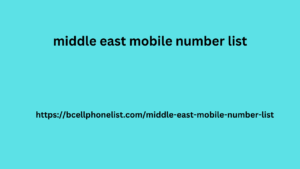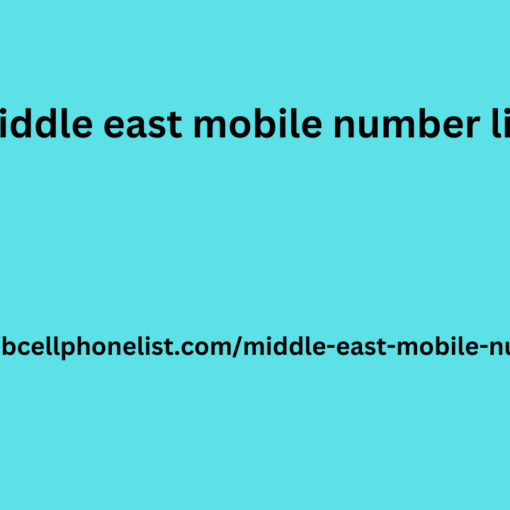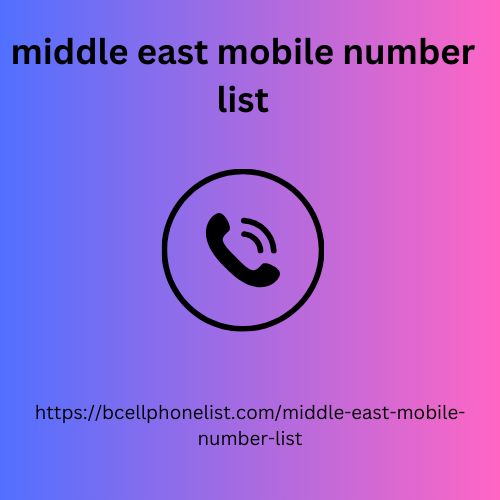Jacobacci & Associati is an important international firm that has always supported innovation in the defense of intellectual property. From this complexity comes the need to have a brand identity that offers immediately and in a structured way a series of information.
J&A Logo | EA Blog
A brand, even if made of writings, must always be a brand
A multi-element trademark must necessarily follow a well-structured layout grid . Otherwise it risks looking like something else: a title, a plate, perhaps aesthetically pleasing but which are not trademarks.
The writing, the thread, the definition
In homage to a certain “classic” perception of law firms, a “serif” font was chosen, partly redesigned and composed in an original way. The name of the founder , who is also the majority shareholder, must be easily readable and have its own expressiveness. A logotype that seems to “arise” almost entirely from a horizontal line, thus underlining the institutional, structured, almost architectural character of the firm. The initial “ J ” is instead seen in its entirety, this to “head” the entire logo as well as to suggest possible iconic uses and be extrapolated as an acronym.
Under the line, to underline the international activity, the definition in three languages of the professional field.
J&A Brochure | EA Blog There is a brand that is also a logo an acronym and a caption
Institutional communication. A balance between classicism and modernity
The images of some works from the Jacobacci collection of contemporary art form an emotional backdrop to the contents. Two institutional materials convey the various operational areas. The classic paper brochure , an evocative “business card” for images, and the website , an effective vertically developed overview of the studio’s activities.
There was a time when having a website was enough, a time when social media were simple conversation environments and for companies a delicious opportunity for zero-cost and technologically accessible promotion.
There was a time when digital marketing was a plus, and those who used it were easily remembered. Today, digital marketing, for most companies, is not an extra, but largely coincides with marketing itself, a sine qua non : if you are not online, you do not exist. But not only that! Since everyone is online now, you also have to be there in a strategic and distinctive way, to exist.
Here we offer you a checklist to analyze the health of your online marketing, starting from some typical critical issues. You can use it as a starting point to reflect on what you are doing and implement concrete actions to regain focus on your objectives and possibly straighten out the shot.
1. I have a beautiful website… why doesn’t anyone contact me?
First of all: are you sure you need a website? Having a website is not mandatory. In most cases it is very important, but it all depends on who you are, what services/products you offer, what resources (economic and human) you have, what goals you need to achieve .
Is the site usable?
Is your site navigation a simple, intuitive, easy and aesthetically pleasing experience? Or does it cause frustration in use due to unclear steps, errors, unnecessary waiting? Put yourself in your visitor’s shoes and periodically optimize your site, with a growth-driven design approach .
Is your site SEO friendly?
That is, does it appear in search results when a user searches for keywords or phrases related to what you offer? The discussion on SEO (Search Engine Optimization) is extremely broad and concerns many aspects, from the most technical to the most content-related. If the discussion interests you, we recommend that you delve deeper starting from this article .
Is your tone of voice appropriate for your potential customer?
Does your communication style respect the characteristics and sensitivities of your interlocutor? Are you clear about who your target is? Have you identified one (or more) buyer personas to always keep in mind to direct your strategic choices and your way of communicating?
Do you use the words your potential customers use?
Do you speak the “technical jargon” or language of your customer on your site? Express yourself with the words your buyer persona uses, the ones they actually type or say when they search for your products/services. Various effective tools come to your aid to identify the keywords or phrases (long tails) that people use to search, such as SEMrush or Ubersuggest.
Do you have clear and obvious contact information?
Make their life easy, make sure that in times of need the user can easily contact you.
Do you keep it updated?
In addition to avoiding a feeling of decadence and distrust in your user, having an updated site allows you to be better indexed by search engines.
Do you analyze data?
Last but not least, in fact! Data analysis (pages found, pages read, time spent on pages, content downloaded, actions taken, where visitors come from, etc.) is right at the bottom of each implementation cycle and at the beginning of the next. Do, analyze, improve. Do, analyze, improve. Data is the North Star in your journey of continuous improvement, the basis of your strategy.
Request a free analysis of your online presence!
Click here
2. I have a blog that I dedicate time and energy to… but what about customers?
Maintaining a blog may seem like a trivial thing… until you get your hands dirty! The truth is that producing valuable content and being consistent in publishing are far from simple practices, especially because it is often difficult to find the right amount of time to dedicate to it. For this reason, our advice is to ask yourself a few questions before venturing into opening a blog or relaunching it.
All applicable regulations, including those governing data protection, compliance standards, and DNC (Do Not Call) lists, must be followed by the content of the Bolivia Mobile Database. Noncompliance may result in significant fines and damage to one’s reputation. Mobile numbers for outreach and telemarketing are part of our middle east mobile number list comprehensive mobile database solutions. We choose our data carefully to ensure its accuracy and high quality. In addition to mobile data, we provide various contact lists to help you improve your marketing strategy. For more information and access to our mobile database, please visit our website.
In what sense and how can a blog bring customers?
Technical action : having a blog implies brazil whatsapp number data frequently updating the contents of your site, and this is buy leads rewarded by search engines, especially if your contents are structured and pertinent (the discussion is complex, to get into the merits we always recommend that you study SEO logic in depth ). Relational action : the blog is an excellent way to cultivate the relationship with your potential customers, win them over, retain them, make you remember them, convert them (in technical terms we are talking about lead generation .
Is your tone of voice appropriate for your potential client?
The blog is a protected place of dialogue, where people land by choice, a place where you have the freedom to tell your story and your potential client has the time and desire to read you… do not disappoint him or alienate him with difficult or unfamiliar language.
Do you use the words your potential customers use?
As we have already said, using the words your target audience uses is one of the key points to be found organically on search engines.
Do your articles solve problems ?
Remember that the blog is not the diary of your memories, nor a specialized manual of the sector… but the right place to concretely respond to specific problems of your target. Everything you write, you have to write for him, not for you.
Do you analyze data (and correct your aim) periodically? There is a brand that is also a logo an acronym and a caption
As with the internal pages of the site, collecting data on how users come into contact and interact with the pages of your blog is of primary importance, to understand what works and what doesn’t and to constantly improve. This way of thinking and rethinking your content is called data-driven design.
Do you publish with the right frequency?
Repetita iuvant : publishing frequently, not only gives the user a way to remember that you exist and to perceive you as competent and reliable, but it rewards you in terms of visibility on search engines. Publishing consistently is difficult, there are always customers first, bureaucratic tasks and priorities of all kinds. And then, what will I have to say continuously? … to avoid running into these obstacles it is necessary to design and program the contents, through an editorial plan that follows a clear strategy, aims straight at the objectives and gives you the possibility to plan the editorial activities.
Do you update and re-update your content?
Your blog posts are not the Rosetta Stone, but dynamic content that continues to be read over the months and even years. This is why it is very important to take care to update them periodically and, if useful, relaunch them on social media or in your newsletters.
Do you circulate it on all the channels available to you or do you keep it all to yourself?
It’s obvious but… there’s no point in writing if no one knows about it: share your content on social media and/or via newsletters, encourage users out there to read you, give Google a hand in generating traffic to your pages, it will help you find new customers.
Are social networks really useful for your business?
That is to say: are your potential customers on social networks ? If so, on which ones? Don’t waste energy, time and money on the trendy platform of the moment, but only on those where you can meet your target, those frequented by your buyer persona .
Does your social media activity have a purpose?
So, are you there to pass the time, or is your social activity aimed at achieving one or more SMART (Specific, Measurable, Actionable, Relevant, “Time-bound”) goals?
Do you speak the language of your target audience?
Don’t forget that your target is a group of real people, with names, surnames, origins, interests, sensitivities, tastes… make sure you speak to (and with) them!
Do you have an editorial plan or do you go by feeling?
As with the blog, we advise you not to waste your efforts in actions dictated by fashion or by the inspiration of the moment, which is here today and who knows what tomorrow… but to rely on a solid strategy, expressed by an editorial plan made up of dates and contents. This does not mean that you cannot make changes or extemporaneous interventions, but having a map to follow will help you not to lose sight of your objectives.
Do you analyze reports?
Who are your followers, which posts have been the most successful, …? Like website analytics, social analysis tools are valuable tools for constantly monitoring and improving the performance of your activities.
The Rule of 3 Thirds
Is your communication a dialogue or an uninterrupted telesales? The average user is now shrewd and overwhelmed by advertising content… The general advice is to at least respect the so-called “rule of 3/3”: 1/3 useful content (for your target), 1/3 entertainment content, 1/3 sales/promotion content.
Paid social: only if…
Promoting your content on social media is often the only way to speed up some processes in the buyer journey or bring new users into the funnel, but it is worth it only under two conditions:
1. after careful data analysis and in-depth knowledge of the target;
2. for specific and non-generic content, such as the launch of services or products, promotions, particularly strategic themes, etc.
4. What is a Google Adwords campaign and how does it work?
Search Adv through the paid tool Google Adwords consists of sponsoring strategic pages of your site (landing pages), so that they appear in the top positions when a user performs a relevant search. They are based on the identification of keywords and long tails. It can be effective both for the sale of products or services, and for the acquisition and retention of leads .
The way it works is by setting a budget, which will be reached as our page is clicked.
5. I have a newsletter but nobody opens it
However, achieving and maintaining a high opening rate (click-through rate) and therefore a high attention threshold and lead conversion , requires some care. Start by asking yourself:
How did you create your contact list and who is it made up of?
Did the people who receive your newsletters sign up voluntarily or did you put them on your lists on purpose? First of all, remember that the GDPR subjects us to strict rules regarding privacy and the use of data and contacts.




